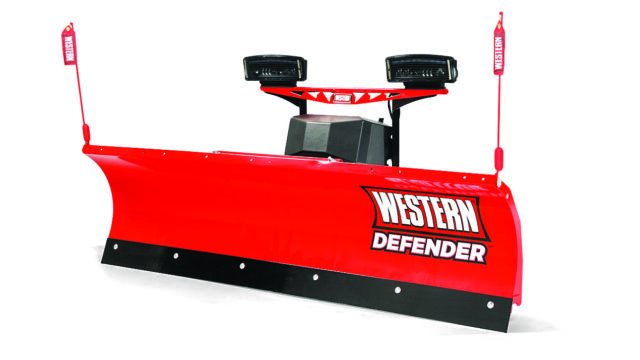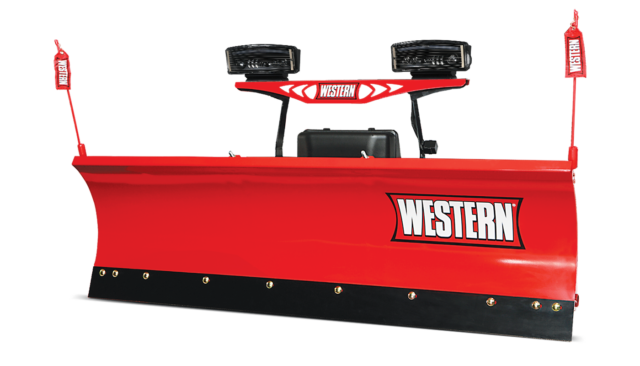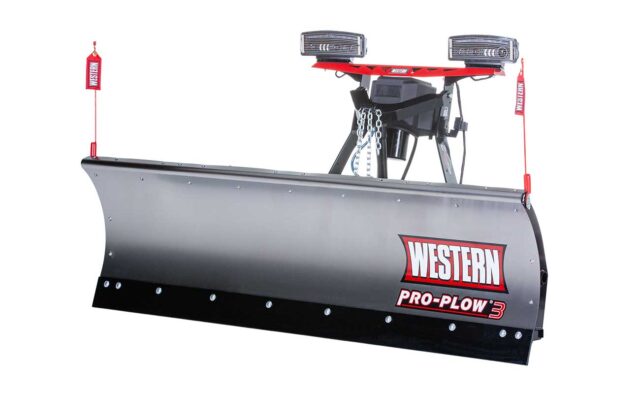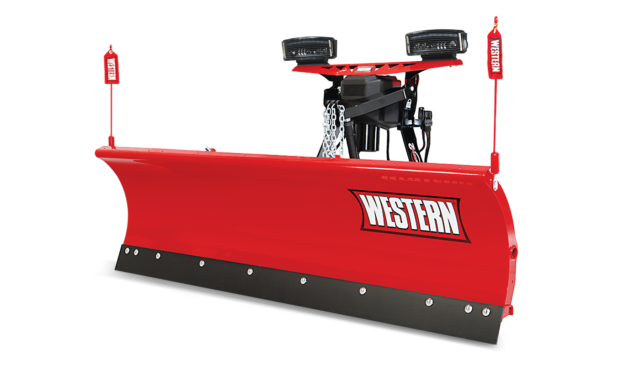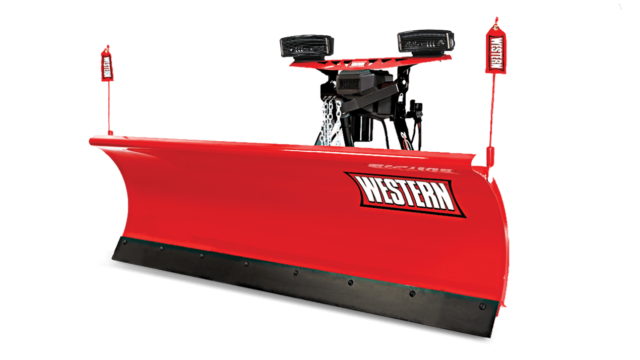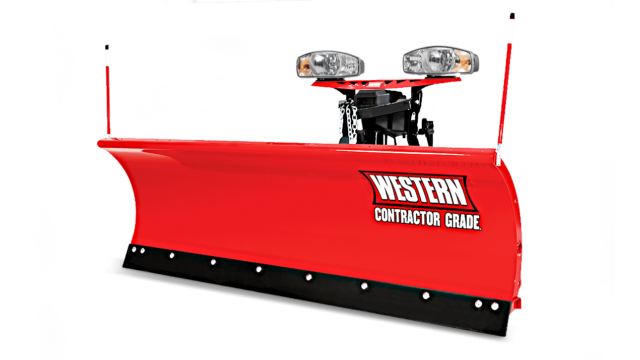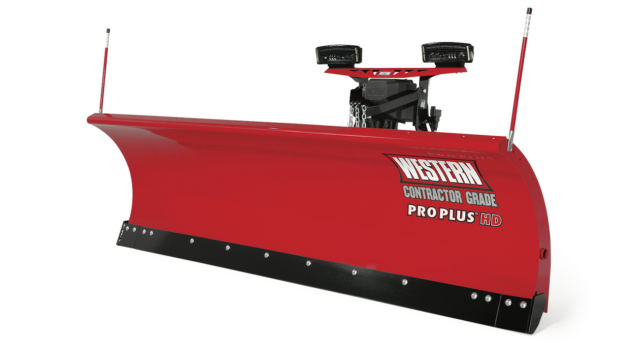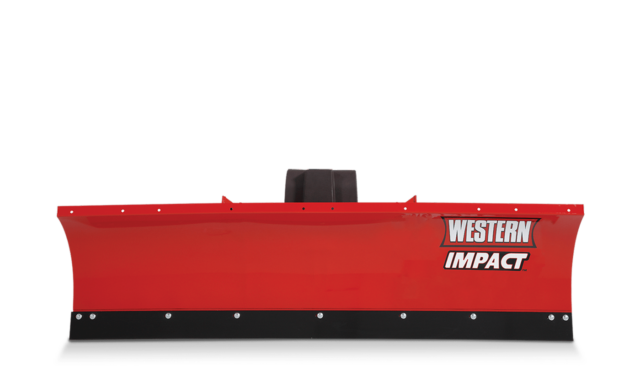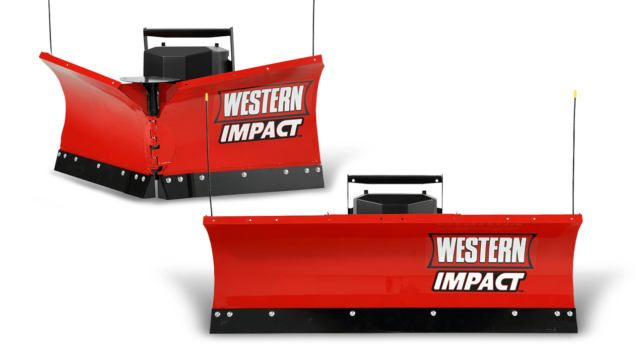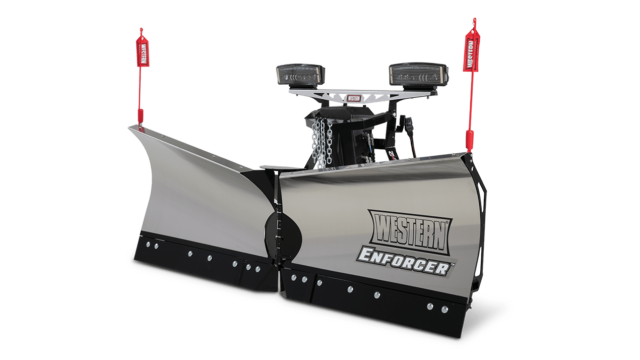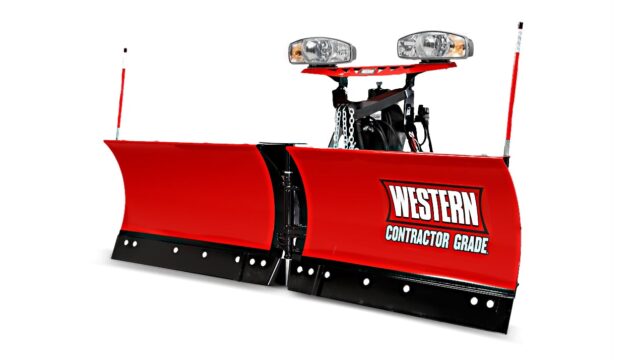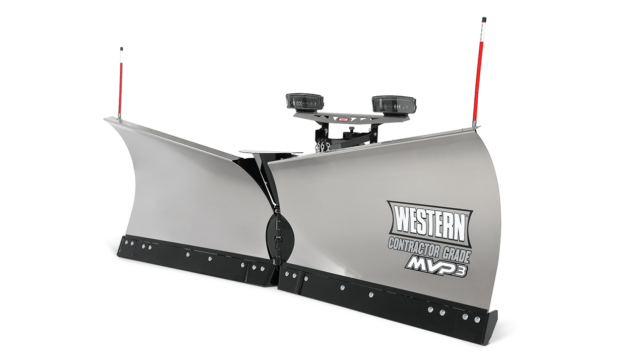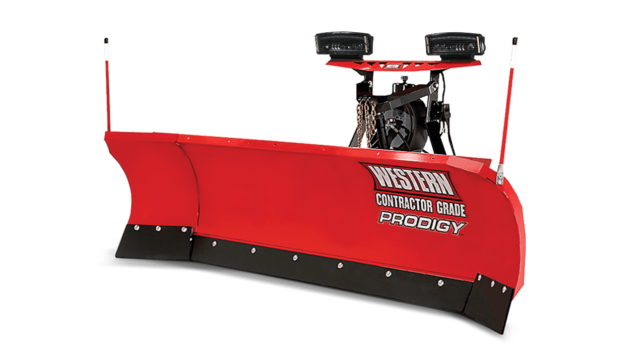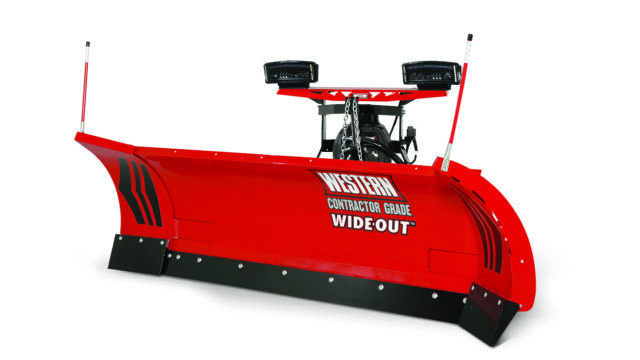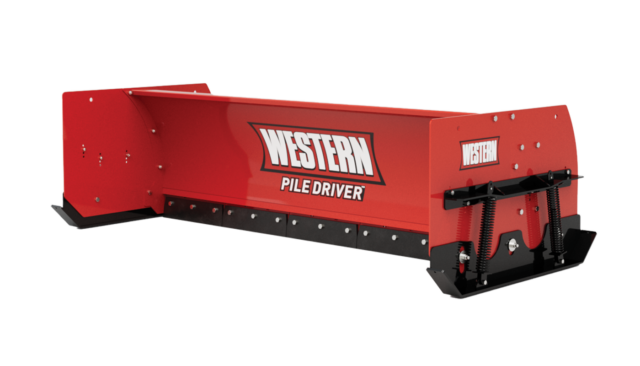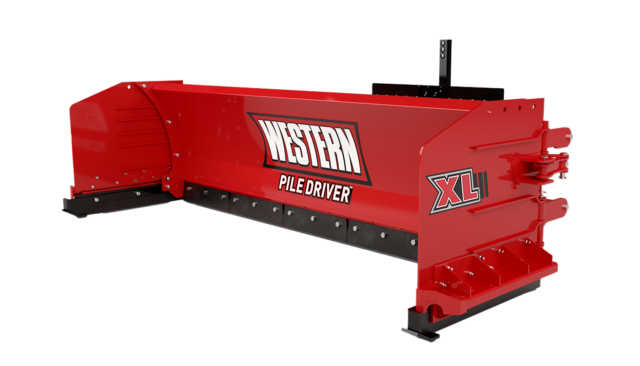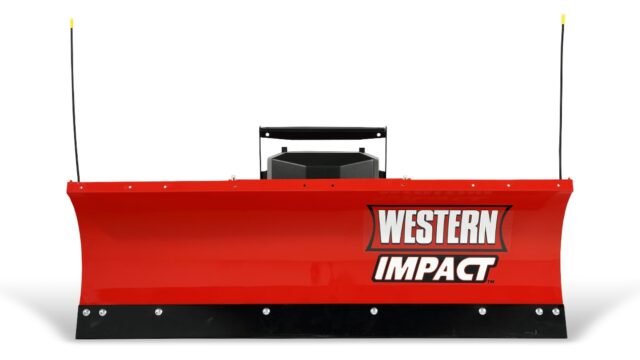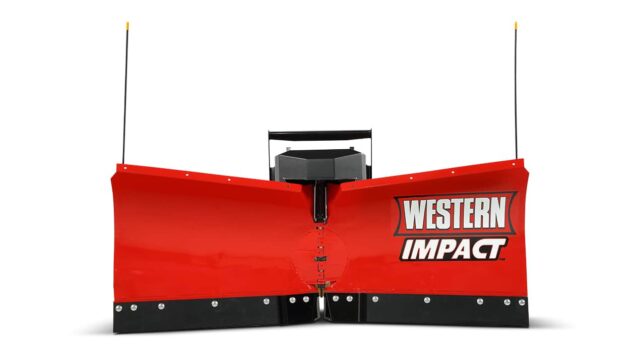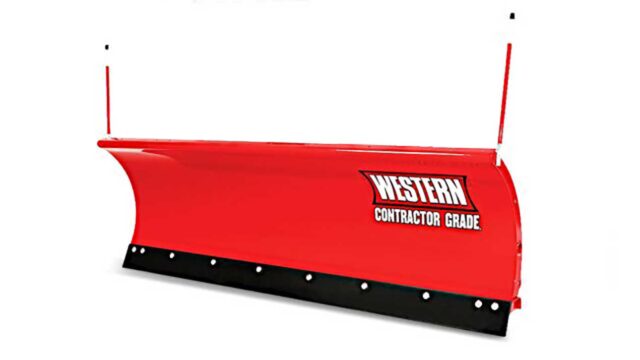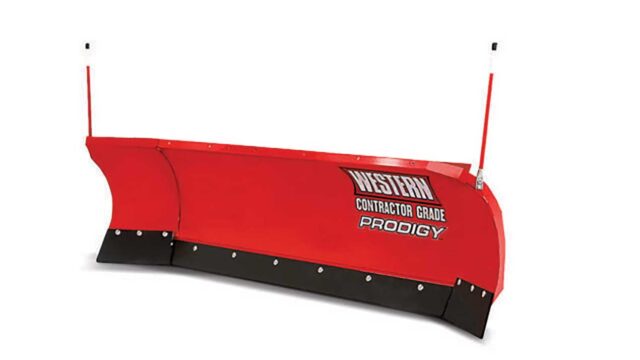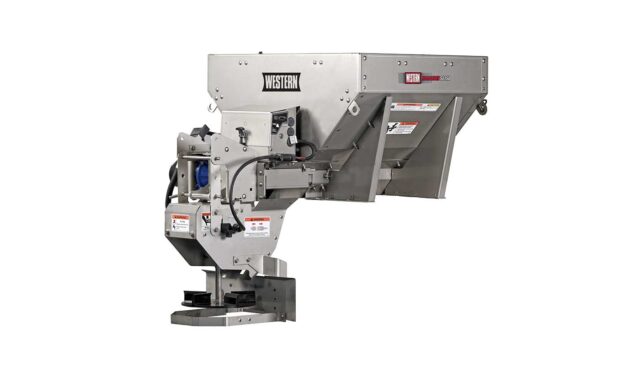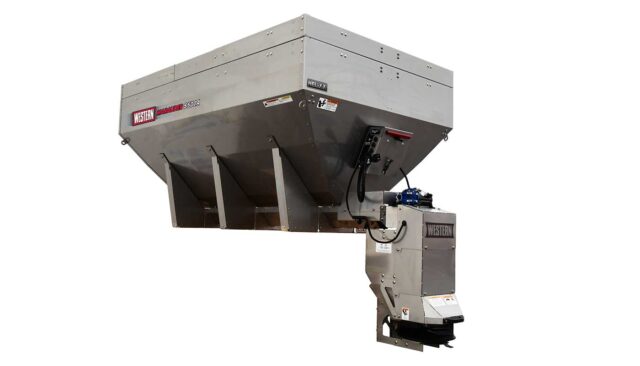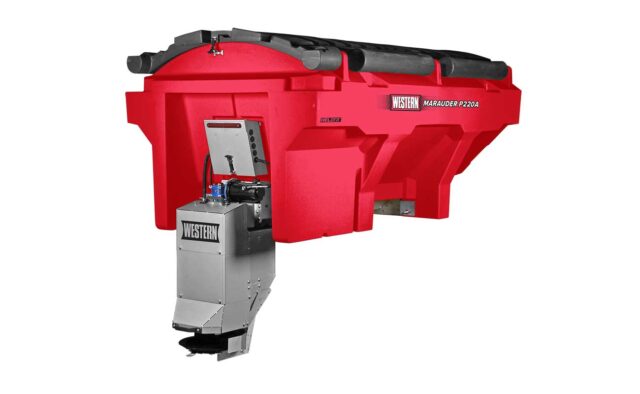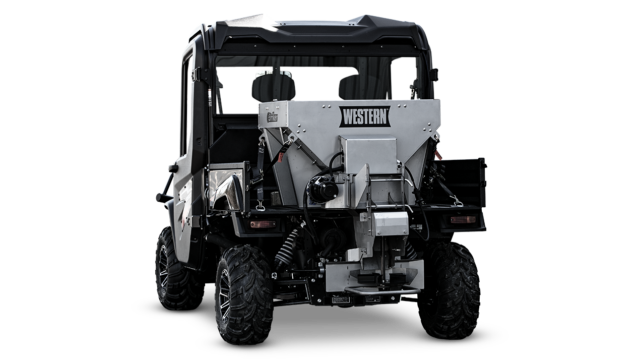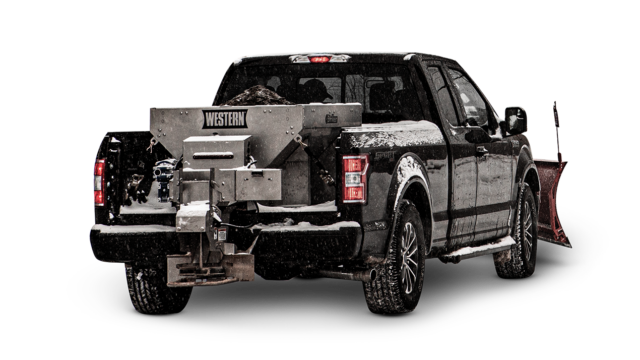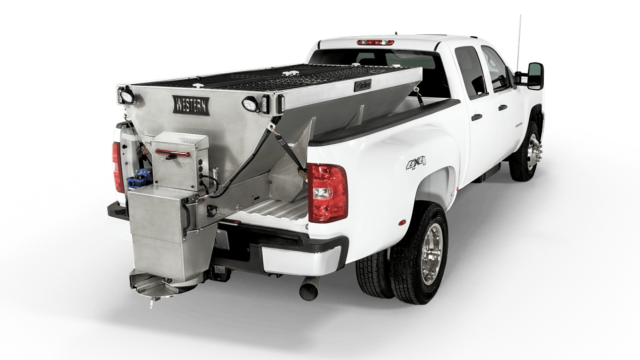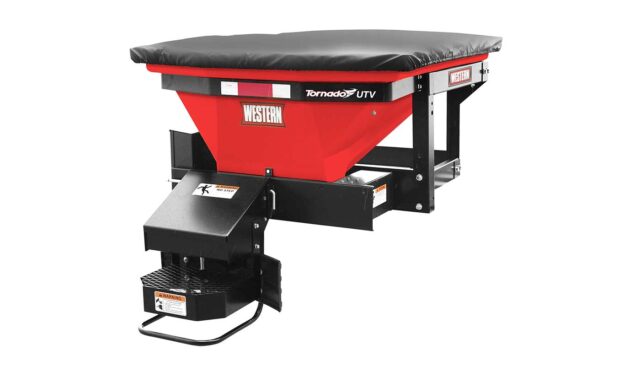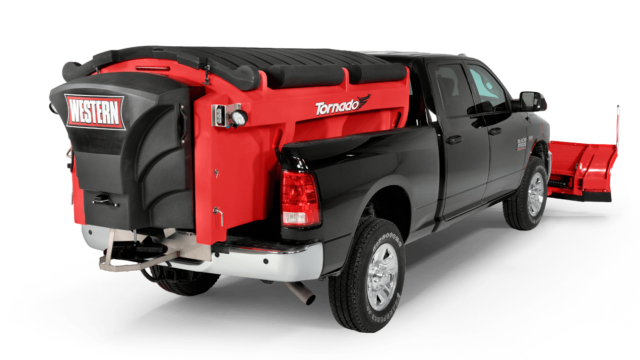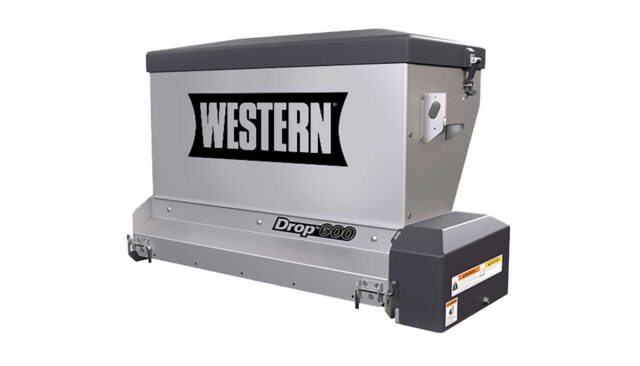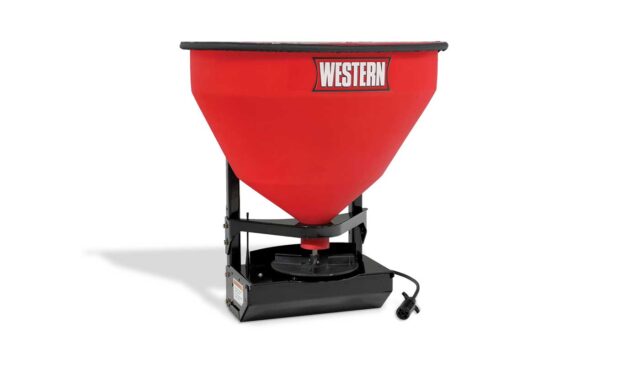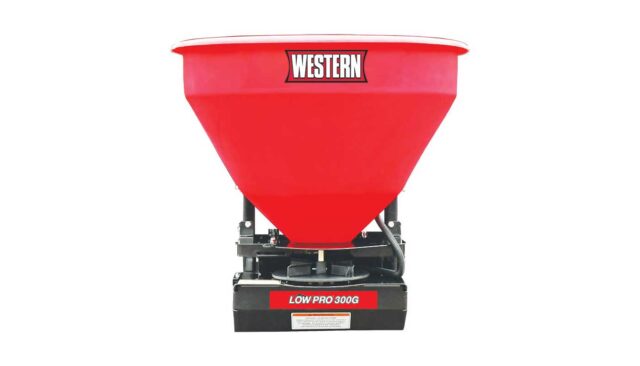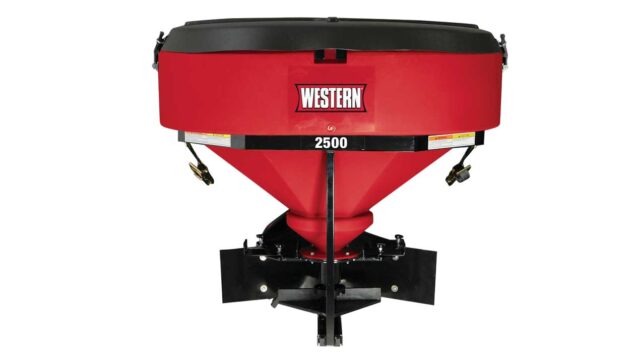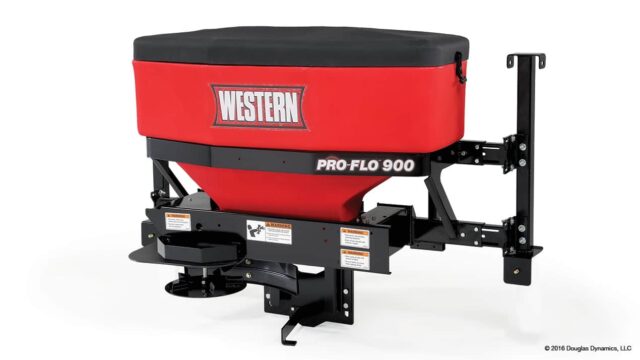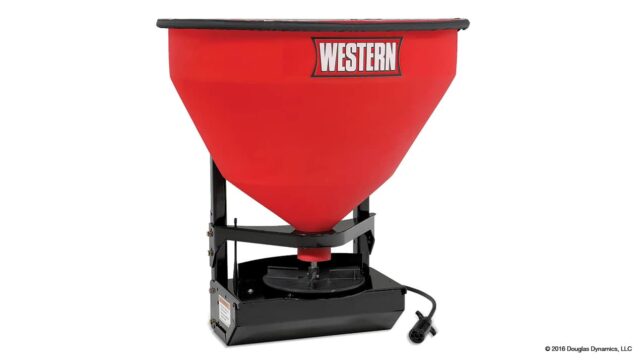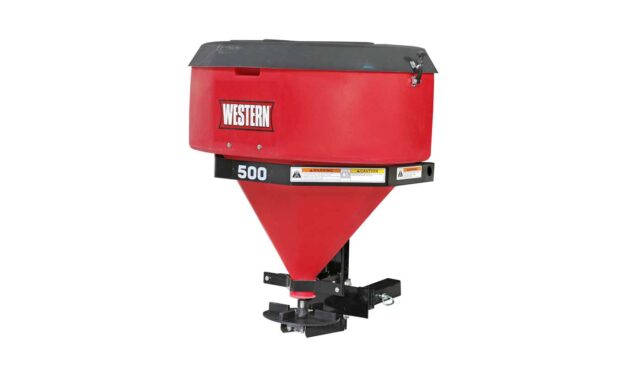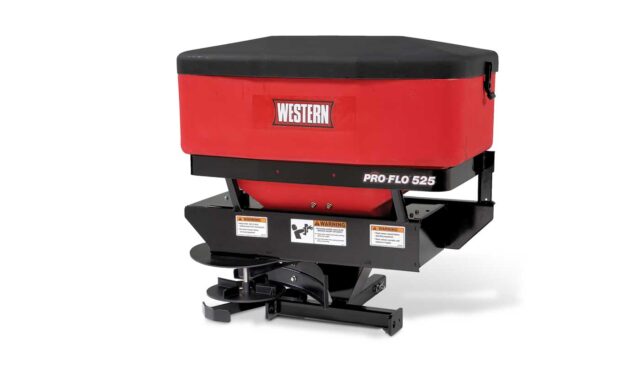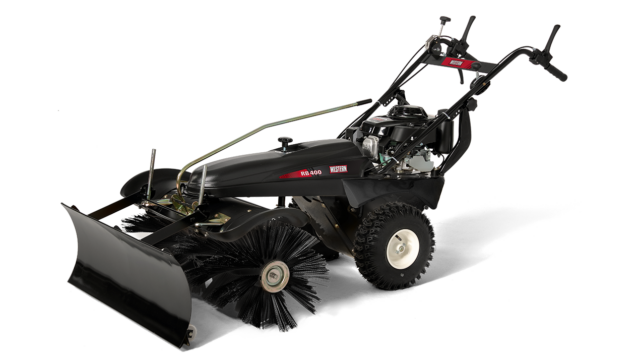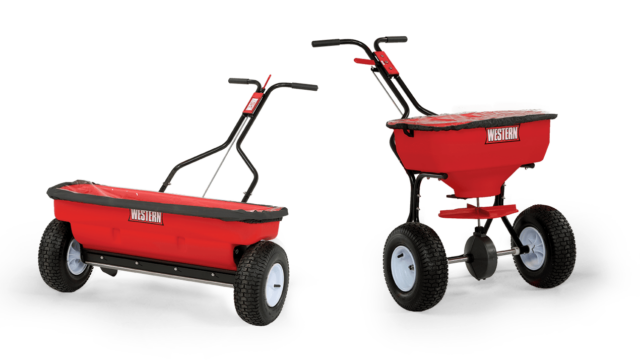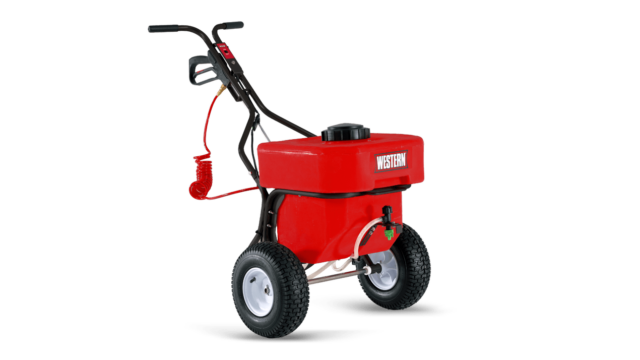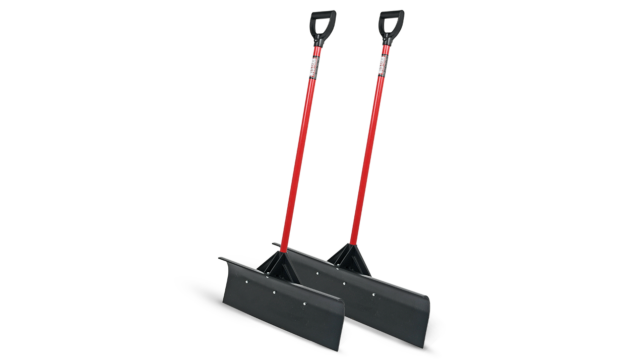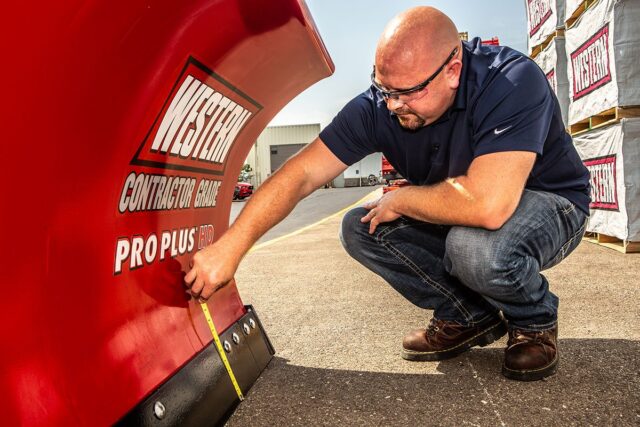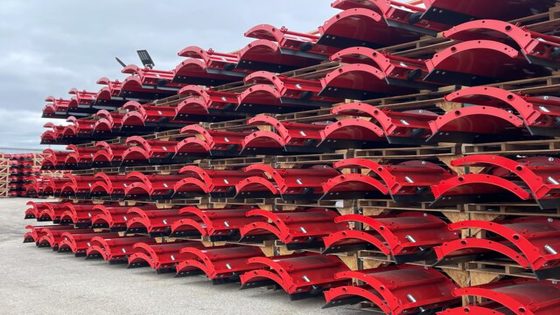Spreader Maintenance Tips
Created July 21, 2017
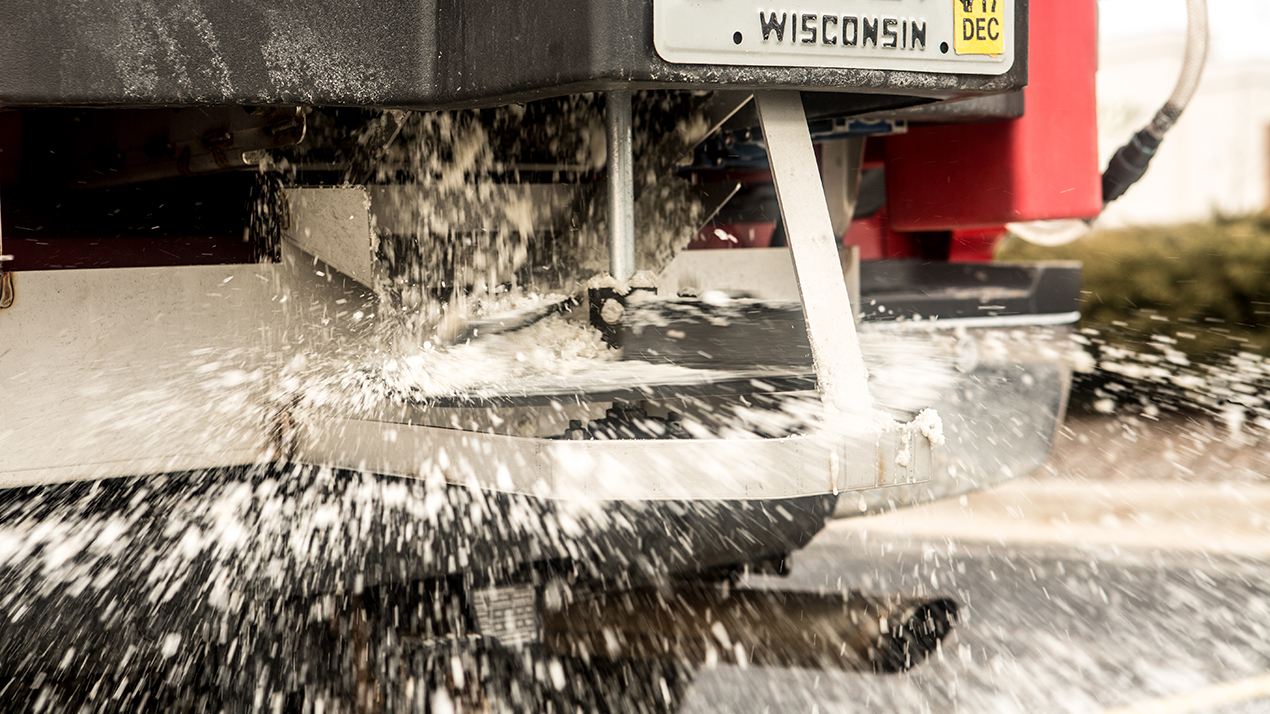
WESTERN® spreaders can add a new level of productivity to your business, and though they may not take as much of a beating as snow plows do, they need special attention so they can stay in top working order. Here are six helpful tips for year-round maintenance of your spreader.
1. Clean After Each Use
Even if the spreader is half-full at the end of the job, you’ll need to empty it out and clean it each time. Spreaders are designed to be filled with corrosive chemicals, so they need to be cleaned frequently to avoid corrosion. If you leave salt in the hopper and it combines with water (including moisture in the air) and freezes, you might have to deal with a solid “salt-lick” block that’s hard to break up. If this happens, do not run the auger or pintle chain to break up the salt. With the spreader disconnected from power, manually break up the chunks in order to prevent undue stress on the motors.
2. Check Your Fluids
Gas engines are more straightforward than electric motors when it comes to cleaning. As far as maintenance goes, check your fluids throughout the year and be sure to follow procedures in your Owner’s Manual.
3. Pay Close Attention to Electric Motors
Electric motors need more specialized attention when cleaning and maintaining them. You should regularly check to make sure the leads are not corroding and that there is no buildup around the drive shaft. Keep the motor and connectors clean, but don’t use water to clean them. Steel wool or brushes work well for cleaning electric motors.
4. Check for Buildup on the Spinner
Since the spinner comes in contact with de-icing material all the time, it’s important to keep material buildup from damaging the moving parts. Knock off any clumps, and especially make sure the bearings are kept clean. You can hose them off with water.
5. Clean Out Your Truck Bed
Salt and sand won’t stop at just damaging your spreader. They could cause problems in your truck bed if you don’t clean it often. Be sure to regularly clean out your truck bed to avoid corrosion problems.
6. Isolate Damage to Replaceable Parts
Corrosion is unavoidable. If you see parts of your spreader corroding or rusting, do your best to isolate the problem to replaceable parts. The pintle chain or other moving parts are easier to replace than the hopper body itself. You should inspect your entire spreader and maintain it regularly, but these moving parts are less of a long-term issue because they can be replaced.
As always, if you have any questions or concerns with your WESTERN ice control products, please visit your local dealer.
